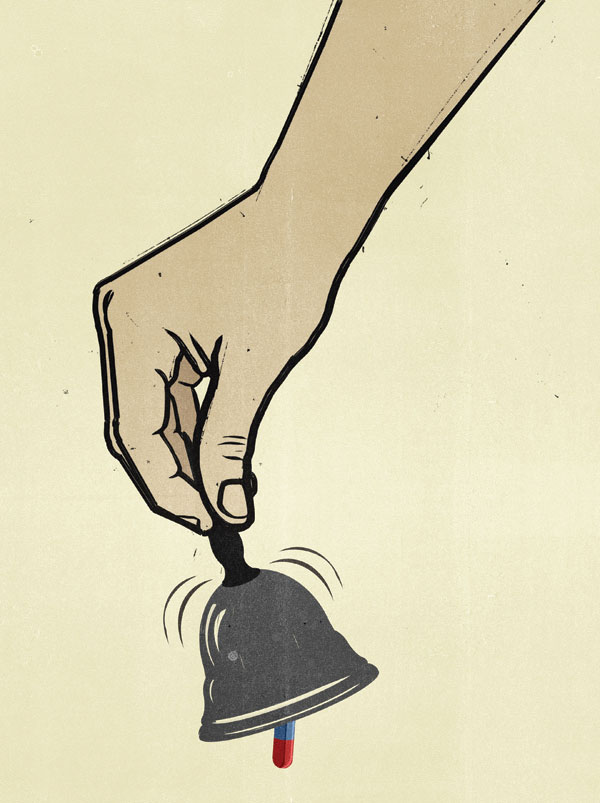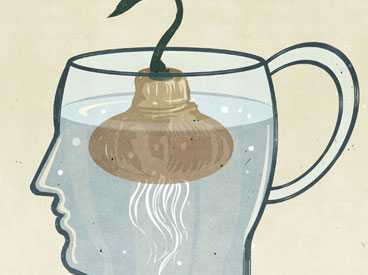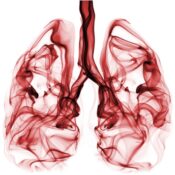
More recently, behavioral economist Dan Ariely of the Massachusetts Institute of Technology recounted an experience he had during the three years he spent in an Israeli hospital recovering from a devastating military accident that caused third-degree burns over 70 percent of his body. Other patients were in similar straits, and would regularly beg the nurses for morphine. Because that powerful opiate can suppress respiration, doctors have to be careful how much they give, and Ariely overheard them telling the nurses not to give one particular patient any more. One night that patient started crying out in pain, begging for morphine. A nurse went into her room, needle in hand. The patient fell quiet and was soon asleep. The next morning, Ariely asked the nurse what had happened. The shot, she said, was just a saline solution—a placebo.
That was no aberration. At the University of Turin, Fabrizio Benedetti, one of the world’s leading researchers of the placebo response, ran a study in which post-op patients could request all the painkiller they needed. They were also hooked up to an IV drip. Some were told nothing about the IV, some were told it might be either saline or painkiller, and the rest were told it was a potent painkiller. The last group, believing they were getting a painkiller drip, asked for 33 percent fewer pain pills than the first group. The is-it-or-isn’t-it group asked for only 20 percent fewer. Outside a research setting, fooling patients is ethically fraught if not downright prohibited, but Benedetti’s findings suggest that deliberately inducing a placebo response in patients could cut their need for heavy-duty painkillers, whose side effects include addiction and liver damage.
How do placebos work? In the first rigorous experiment to look for the mechanism underlying the placebo response, reported in 1978, Dr. Jon Levine and colleagues at the University of California, San Francisco, gave 40 patients who had had their wisdom teeth extracted placebos for their pain. Most, but not all, experienced a reduction in pain. (It’s important to keep in mind that not everyone responds equally, or at all, to a placebo.) An hour later, the scientists gave some of the patients another placebo and the rest naloxone, a drug that blocks the brain’s natural morphine-like compounds, called endorphins. Patients given naloxone felt much more pain than those given saline. That was strong evidence that the basis for the placebo effect on pain lies in the brain’s production of endorphins and other opiates. “This study was the first to show that placebos relieve pain by activating the brain’s natural painkillers,” says Beauregard. “But it did more: It brought the placebo response in from the fringes of medical science.”
That paved the way for a flood of placebo studies. Among the many findings is that people have more faith in expensive remedies than in cheap ones. For example, when Ariely and colleagues told 82 participants in a 2008 study the price of the “new pain medication” (which was actually nothing more than a sugar pill), those who thought they were getting a $2.50 tablet felt less pain from mild electrical shocks on their wrists than those told the pill cost 10 cents.
It’s not just pain, and it’s not just pills or shots: Other conditions can benefit from placebo therapy. Dental surgeons in London studied ultrasound, which is sometimes used after oral surgery to reduce pain, inflammation, and swelling: 25 surgical patients got ultrasound, 25 got nothing, and 25 got what they were told was ultrasound but was in fact nothing. You can guess the result: People given nothing got no relief, but those falsely told that they were getting ultrasound experienced the same pain relief as those who actually received ultrasound. The phony ultrasound also reduced swelling.
Expectations may seem like will-o’-the-wisps, but they have a real, physical signature in the brain. When we expect something good to happen, brain regions ramp up the release of the molecule dopamine. That realization gave scientists an idea: They would probe for a placebo response that would be harder to measure than pain. After all, pain research only takes us so far in understanding the placebo effect. (Most of us have had the experience of reducing pain by distracting ourselves, so it’s easy to believe that pain is partly “in our heads.”) They settled on Parkinson’s disease.
In Parkinson’s disease, production of dopamine in structures called the substantiae nigrae declines. That means dopamine, the very same molecule whose production is raised when we expect something good to happen to us, is AWOL in Parkinson’s. Scientists led by neurologist Jon Stoessl of the University of British Columbia gave a small group of Parkinson’s patients injections of a saline solution but told them it was medication. Sure enough, the patients’ brains began producing more dopamine and their movements became better controlled and less shaky—improvements equal to those in patients who received an actual Parkinson’s drug. In Parkinson’s disease, “the placebo effect is real, it’s huge and it’s got a physiological basis,” Stoessl told the journal Nature.
Become a Saturday Evening Post member and enjoy unlimited access. Subscribe now



